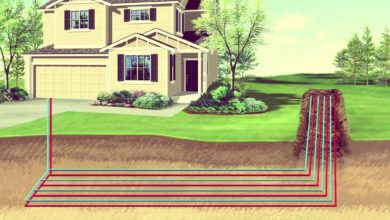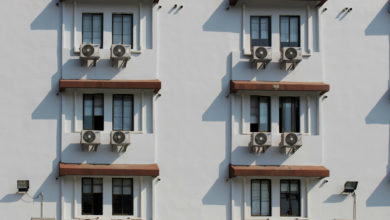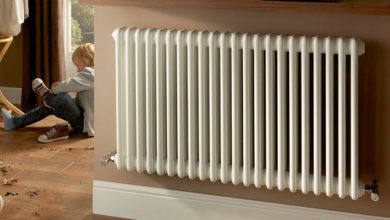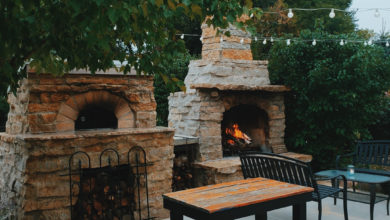Having a portable heater is great, whether it’s for your garage, for traveling, or for emergencies in your home. Not having such a heater might be all right for some households but even if you don’t need it right now, you never know when you’ll find yourself in an extra unpleasant emergency and in need of a portable heater.
So, how should you choose what to get? There are an awful lot of different types of portable heaters on the market but here we’ll go over two of the more popular types – propane vs kerosene heaters.
The kerosene heater vs propane heater discussion is quite heated, pun intended, and complicated. Both types can be quite good but can also have lower quality models. Both types also have a lot of similarities and a lot of people swearing in them or hating them. So, let’s quickly examine the kerosene vs propane specifics and differences below.
Kerosene heaters breakdown
Kerosene portable heaters are designed to offer an efficient burn, to heat up quickly, and to be easy to move around when needed. They can be hazardous when mishandled, however, and require adequate ventilation to prevent the build-up of carbon monoxide.
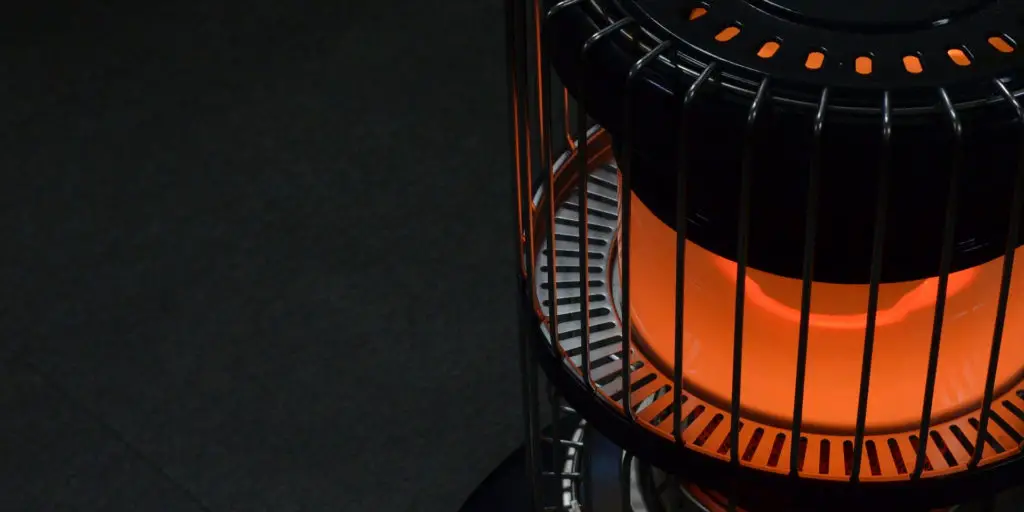
There are several main types of kerosene heaters:
- Forced air heaters. These kerosene heaters have a cylinder type body that forces the heated air in a focused direction. They can also be run on diesel or on other fuel types. They are very quick to heat up the air and very effective but can also be quite loud.
- Radiant heaters. These heaters use a circular wick to move the fuel to the burner unit. This way the heater warms the objects closer to it thanks to reflection and infrared heat waves. They can only project heat forward and don’t warm up the air directly.
- Convection heaters. This type of heaters will typically have a circular tower design and will project heat in all directions around them. They work on a similar principle to radiant heaters but require only a very little flame for a startup. They are considered very safe but still require a safe distance from other surfaces.
The major drawback of kerosene heaters is that their heat output is difficult to control, depending on the model. They also need frequent maintenance and refueling. Lastly, using such heaters improperly can lead to fire hazards so you’ll need to be extra careful, especially if you have kids or pets.
Propane heaters breakdown
Similar to kerosene heaters in a lot of ways, propane heaters are very cost-effective, they are usually very quick to heat up the area around them, and they burn in a clean and efficient manner. They can have some issues when used above 4,500 feet elevation, however, they need very good ventilation, especially when it comes to portable propane heater models.
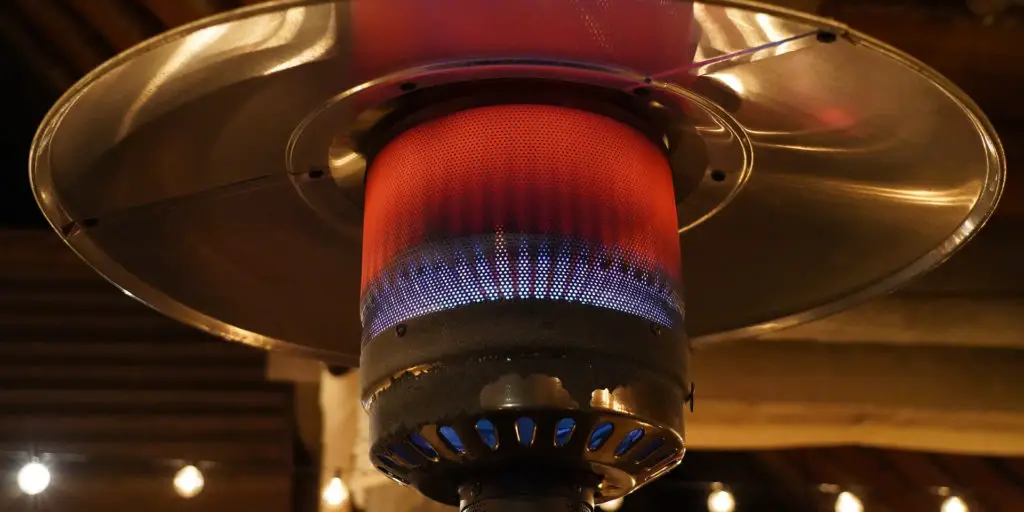
Propane heaters can also come in several different types, some – portable, others – stationary.
- Forced air heaters. Similar to kerosene heaters, propane forced air heaters are quite powerful and are designed to blow heated air in a specific direction. They too are also often noisier than one might prefer but make up for that with their power and portability.
- Radiant heaters. Propane radiant heaters use the gas to warm up their emitter tubes and radiant heat to the objects close to the heater. These propane radiant heaters can be either portable or mounted on walls and ceilings.
- Convection heaters. Again, as with kerosene heaters, propane convection heaters are typically upright and provide heat in all directions around them. They are very safe, however, they still require some extra space and excellent ventilation.
- Mounted propane heaters. When you need to heat up large spaces permanently, propane heaters have the advantage of coming in mountable designs as well.
Propane is both efficient and cost-effective, however, its fuel prices can vary quite a lot. While kerosene is more easily accessible and easier to get, Propane is best acquired in large quantities for a large propane tank. On the other side, there are no quality differences with propane – you’ll always get good quality propane, regardless of the supplier.

